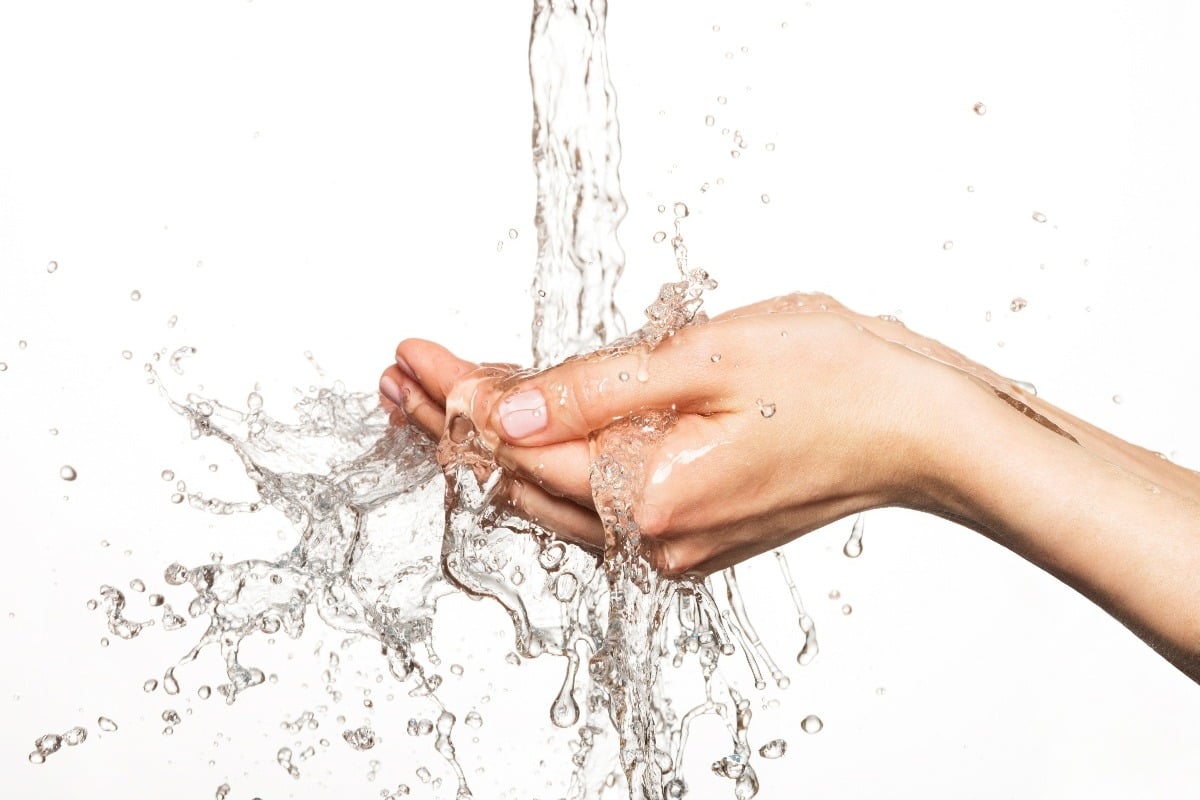Living Healthy: Hand Hygiene Tips

We all remember what we learned in elementary school: Wash your hands before eating and after using the bathroom. It's as adults that we let important lessons slide or take short cuts, but as cold and flu season approaches, it's time to revisit this very basic topic. According to the Centers for Disease Control and Prevention and the World Health Organization, washing your hands with soap and water is the most important and most effective step in preventing the spread of contagious diseases, both inside and outside of clinical settings. At home, at work or anywhere in your day, it's a good idea to keep your hands clean. Simple hand washing tips can help keep you and everyone around you from exposure to such pathogens as Norovirus, MRSA and even the H1N1 influenza virus that cannot be eradicated as thoroughly with hand sanitizer as with soap, water and proper hand washing. It is important to note that gel hand sanitizers should only be used when soap and water is not available.
So, if you don’t have a CleanTech® EVO Automated Handwashing System in your facility (and likely not one in your home), here is Hand Washing 101:
So, when and how often should you wash your hands? The basic answer to this question is "often." According to the CDC, you should always wash your hands under the following circumstances:
- Food preparation: Before starting, during preparation when your hands come into contact with food, and after the meal is prepared.
- Before eating.
- Before caring for someone who is ill, injured or has open wounds.
- After caring for someone who is ill, injured or who has open wounds.
- After using the toilet, changing diapers or helping someone in using the toilet.
- Blowing your nose or coughing or sneezing into your hands.
- After touching an animal, preparing animal feed or disposing of animal waste.
- After handling garbage or touching a dumpster or garbage can lid.
Proper hand washing technique takes about 30-45 seconds and is highly effective against bacteria, viruses, fungus and even allergens. To make sure you do it correctly, follow these tips on hand washing:
- Take a clean paper towel or some tissues and set it beside the sink.
- Wet your hands with clean running water. Never wet your hands in standing water that has already been used for washing hands or other materials.
- Apply liquid, bar or powder soap to your hands.
- Lather your hands, making sure to get the soap on the backs of your hands, up to your wrists, between your fingers and under your nails.
- Wash vigorously for 20 seconds. The CDC recommends that you hum the "Happy Birthday to You" song twice, all the way through, as a good measure of time.
- Rinse all the soap from your hands.
- Using the paper towel or tissue, turn off the water. Remember: The faucet handle was the first thing you touched before you washed your hands.
- Dry your hands completely with clean towels or an air dryer, using a towel to open the bathroom door if it has a knob or handle.
A study by the National Institutes of Health showed that only 31 percent of men and 65 percent of women washed their hands after using a public restroom despite the well-established benefits of doing so. Good hand washing practices lower the rates of infectious diarrhea by 31 percent and the rate of respiratory illnesses by 21 percent, according to studies published by the National Center for Biotechnology Information. Even more importantly, those with compromised immunity from HIV, chemotherapy and autoimmune diseases can see a drastic reduction in opportunistic infections. Washing your hands protects everyone's health, including your own.






